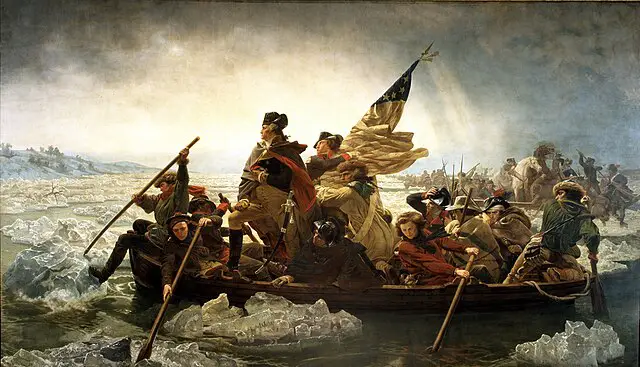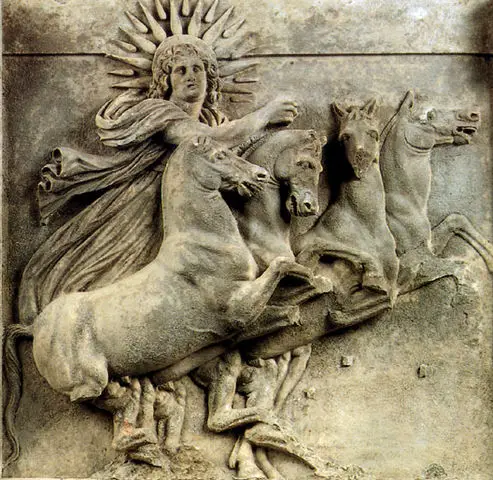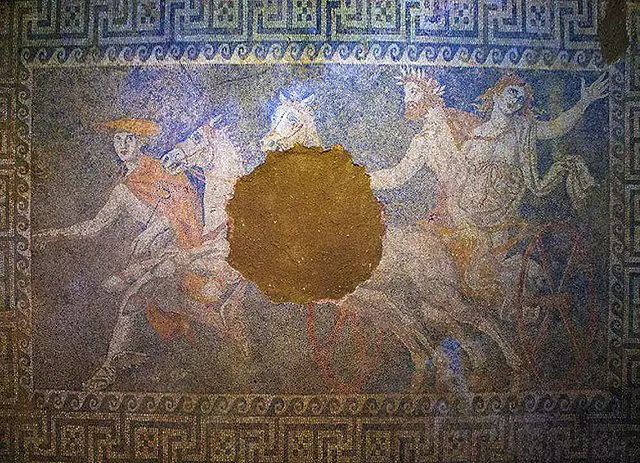| Further Reading | Top 5 Most Interesting Facts About Medieval Society |
Across the medieval world large cities and towns had a citizenry body that would serve to keep the peace. This group of people today would closely resemble a police force however they differ in several important ways. This article goes over everything you need to know about police during the middle/medieval era.
Generally speaking, medieval cites and towns did not have a formal police force until much later on in the medieval era. Instead of a formal police force a volunteer militia would be organized that sought to prevent small scale theft and crime. Over time this militia of medieval peasants would shift from a militia of volunteers to a permanently standing police force.
The medieval era lasted for nearly 1,000 years and spanned several continents. When we discuss medieval policies or topics it is important to remember that what is presented here is a general overview. There are some examples of quasi-formal police forces all the way back in antiquity in large cities. The best example of this would be the Vigiles of ancient Rome which was a police force in Rome during the early Empire.
Here at The History Ace I strive to publish the best history articles on the internet. If at the end you enjoyed this article then consider subscribing to the free newsletter and sharing around the web.
Without further ado, here is everything you need to know about the police of the medieval era.
Police Work Was Typically Done By Local Communities In The Medieval Countryside
If you were traveling around medieval Europe you would see nothing that resembled a formal police force. Instead each little village you went into would have its own form of laws and customs.
This village would often have its own form of law keeping. The village members would often take turns administering justice on behalf of the community. This was the closest thing you would get to a formal police force in the countryside.
Outside of some outlying events, most villages in the countryside of medieval Europe would either elect or have a member of their village appointed as a law keeper. There were different names for this police person in medieval Europe. For example, in medieval England this would take the form of the now common word “Sheriff.”
If you were traveling around medieval Europe visiting small villages you would have to be careful to not break the laws and customs of the village. Depending upon if you were in the early, middle, or late medieval era the uniformity of the laws across the countryside would change.
In the early medieval era if you were traveling around the countryside chances are each village would have a completely different set of laws and customs. Depending on where you were these laws would be based around old Roman customs and laws during the early medieval era.
During the middle medieval era laws and customs would become more complex and different from village to village. This was because of a state of near-constant conflict erupting around medieval Europe. Most villages would be on perminant alert and the police policy would reflect this.
In the late medieval era, the laws and customs would start to become uniform across the countryside. This was because of a consolidation of power by the different kingdoms across medieval Europe. Further, the infrastructure for inter-village travel became easier. As such police work would have become more formal and standardized across the countryside.
As such during the medieval era police work in the countryside was undertaken on an individual village level. Each village would have its own form of law-keeping or police work. In some situations, a village would elect or have a police ‘officer’ either elected or picked from among themselves to enforce the law.
Police Work In The Cities Was Undertaken By Either A Volunteer Militia Or Stationed Soldiers
Within medieval cities, there was often a more formal and standardized process for police work. Depending upon the time and size of the city this process could either be a volunteer militia-police force or stationed soldiers enforcing the law.
In smaller cities such as Glasgow, Scotland, local militias would gather to keep the peace. Here the peasantry population would have volunteers patrol the city in groups to help prevent the spread of crime. For smaller cities, this was an effective way of having a police force.
In essence, the smaller cities of medieval Europe often had a similar police force to the villages in the countryside. If you were traveling around small cities in medieval Europe then chances are you would notice something similar to the villages in the countryside.
This changed however as the city grew larger. In large cities of medieval Europe such as Paris, London, Prague, Granada, and Florence you would encounter stationed guards or soldiers which were in essence a police force. These guards were typically paid for by the city or lord and were installed to keep the peace and also protect the lord’s property.
A major difference between modern police forces and the ones of the medieval era is how the law was enforced. Instead of just having a set law like our modern police forces do, medieval police forces typically could choose what laws to enforce.
An example of this can be seen in the medieval police force of the Italian city-states in the 13th century. Here the stationed guards and police militias could choose what laws to enforce and which to not according to civic morals in the local area.
What we see from this is that the police of medieval Europe were completely different than the police of today. A medieval police force was often composed of volunteers from the local community who chose to enforce the communities law.
In essence, in the large towns and cities of medieval Europe, you were more likely to find a formal police force. However, even in the largest cities and towns of medieval Europe, this police force was significantly different from the police forces of today.
Which Large Medieval City In Europe Had The Most Advanced Police Force?
Across medieval Europe, there were a couple of large cities that had established police forces that were close to our modern police forces today.
The first large medieval city to establish a formal police office was Paris sometime between 996-1031. During this time frame, Robert the Pious was given the new title of Royal Provost of Paris before he would become king.
During this time frame, Paris was rapidly growing in population. Overcrowding was becoming a major problem and with that came a massive rise in crime across the population. This problem was not unique to Paris but almost all large medieval cities were incredibly dangerous places to live or visit.
What Robert the Pious did was to combine all the public offices of Paris into one major bureaucratic office. This included creating a standardized police force that would seek to enforce the King of France’s rules. Because of this during the 11th century Paris would come to one of the few medieval cities which had a formal police force.
Paris remains an outlier of formal police forces during the medieval era. Most large medieval cities would either have a volunteer police force or have a portion of the king’s soldiers keeping the peace in the city.
Conclusion
There you have it; an entire article going over the police force of the medieval age.
It is important to remember that his article provides an overview of the concept. Each city and village had its own form of a police force. Most of these early police ‘officers’ were elected by the local town and would serve as a militia of sorts. However, in the late medieval era most kingdoms would begin to create a standardized police force to help keep the peace in the larger cities.
I hope you enjoyed this article. If you did then consider sharing around the web and subscribing to the free newsletter to remain up to date on all things history.
Further, you can check out some of the other articles below.
-
How The American Revolution Changed The World

Here is how the American Revolution changed the world. Many people are not aware of just how important this event actually was.
-
Why The Roman People Loved Chariot Racing

Why did the Roman people love chariot racing? Well it all comes down to these 3 reasons.
-
The Design and Color of Roman Chariots

What was the design and color of Roman Chariots? Were they faster or slower then normal chariots? Well here is everything!
Sincerely,
Nick